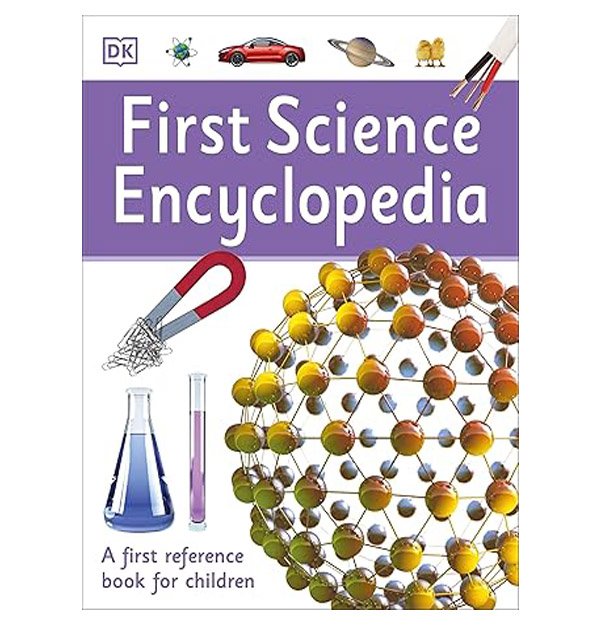No products in the cart.
Mouse over to zoom in
First Science Encyclopedia
First Science Encyclopedia is a captivating introduction to the world of science for young readers. It serves as a comprehensive resource, covering essential concepts in physics, chemistry, biology, and earth science. Designed specifically for children, this encyclopedia makes learning about science fun and engaging.
The book opens with the basics of scientific inquiry, explaining how scientists ask questions and seek answers through observation and experimentation. It encourages curiosity and critical thinking, essential skills for any budding scientist. With colorful illustrations and simple explanations, the encyclopedia introduces young learners to the scientific method, showing them how to conduct their own experiments safely.
Exploring Different Branches of Science
Each section of the encyclopedia focuses on a different branch of science. In the physics section, readers discover the laws of motion, energy, and gravity through relatable examples and hands-on activities. The chemistry section introduces the concept of matter, chemical reactions, and the periodic table, breaking down complex topics into digestible pieces.
The biology segment captivates readers with fascinating facts about living organisms. Young learners explore the diversity of life, from the smallest bacteria to the largest mammals. The section highlights ecosystems, food chains, and the importance of biodiversity. Engaging visuals bring the content to life, allowing children to appreciate the beauty and complexity of nature.
The Earth and Beyond
The earth science chapter takes students on a journey through our planet’s geology, weather, and climate. They learn about natural phenomena like earthquakes, volcanoes, and the water cycle. The book also explores space science, introducing young readers to the solar system, stars, and galaxies. Fun facts about planets and space missions ignite interest in astronomy.
Encouraging Hands-On Learning
First Science Encyclopedia includes various hands-on activities and experiments to encourage practical learning. Each chapter features simple experiments that students can perform at home or in the classroom, reinforcing the concepts they have learned. This interactive approach makes science exciting and relatable.





Reviews
There are no reviews yet